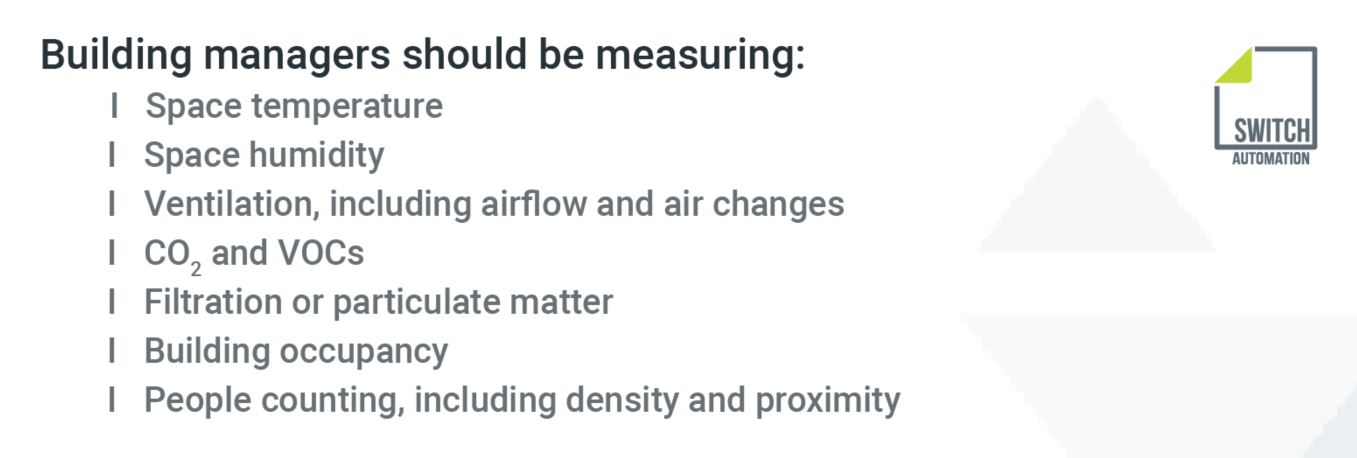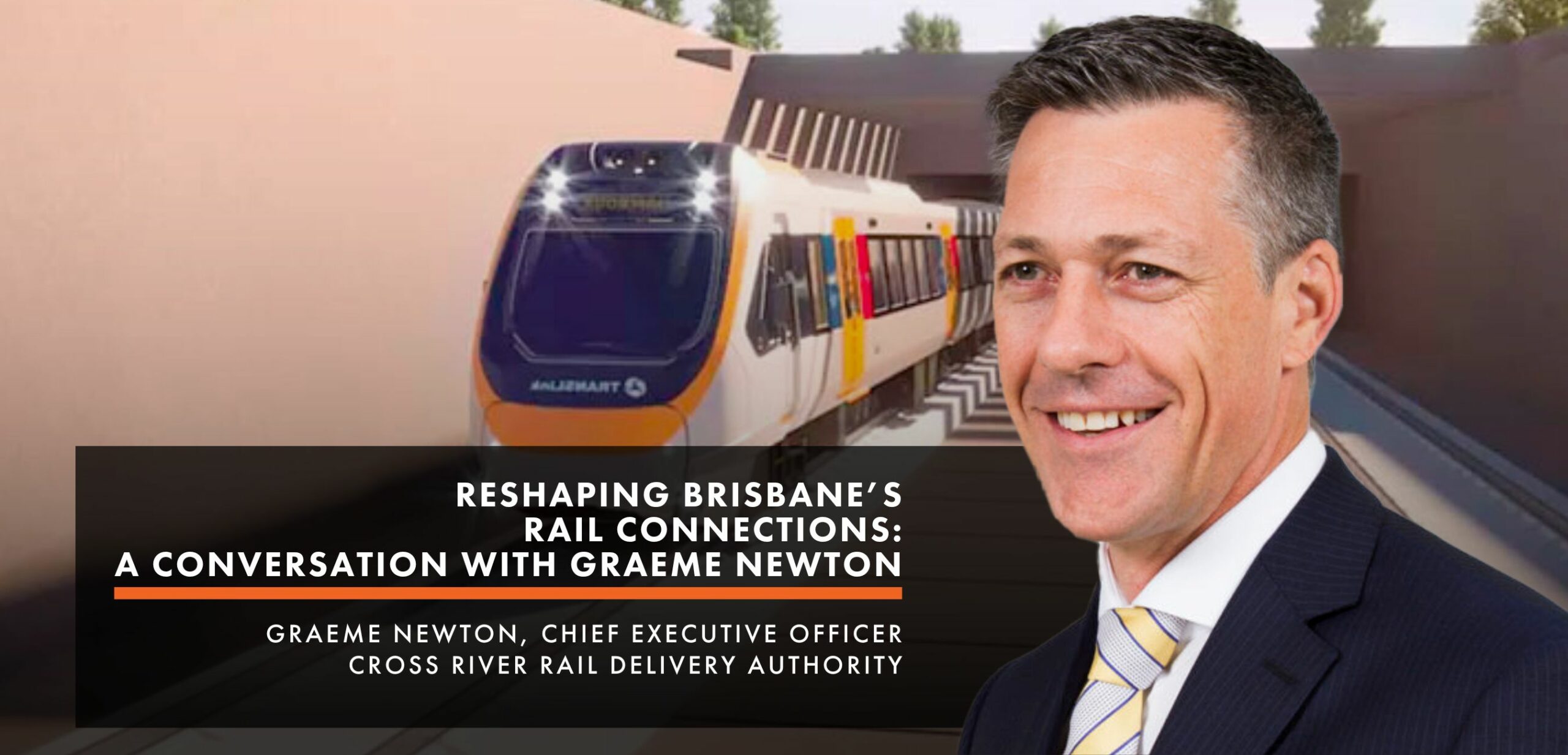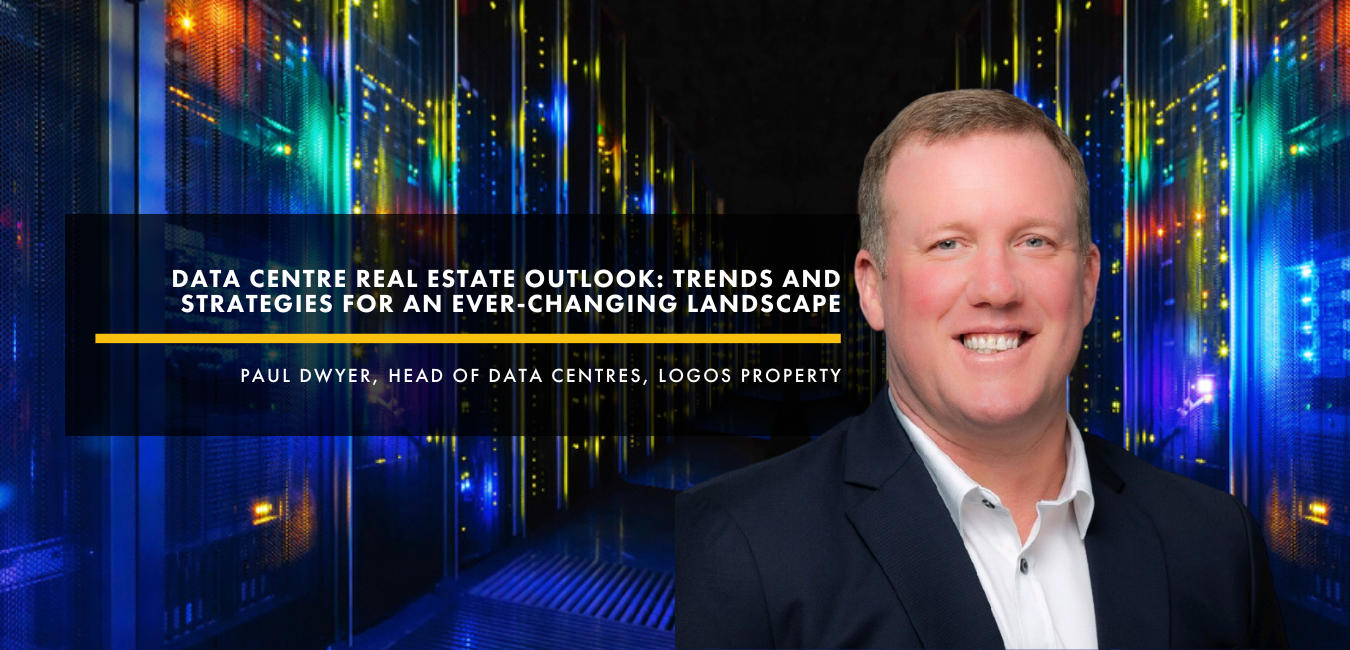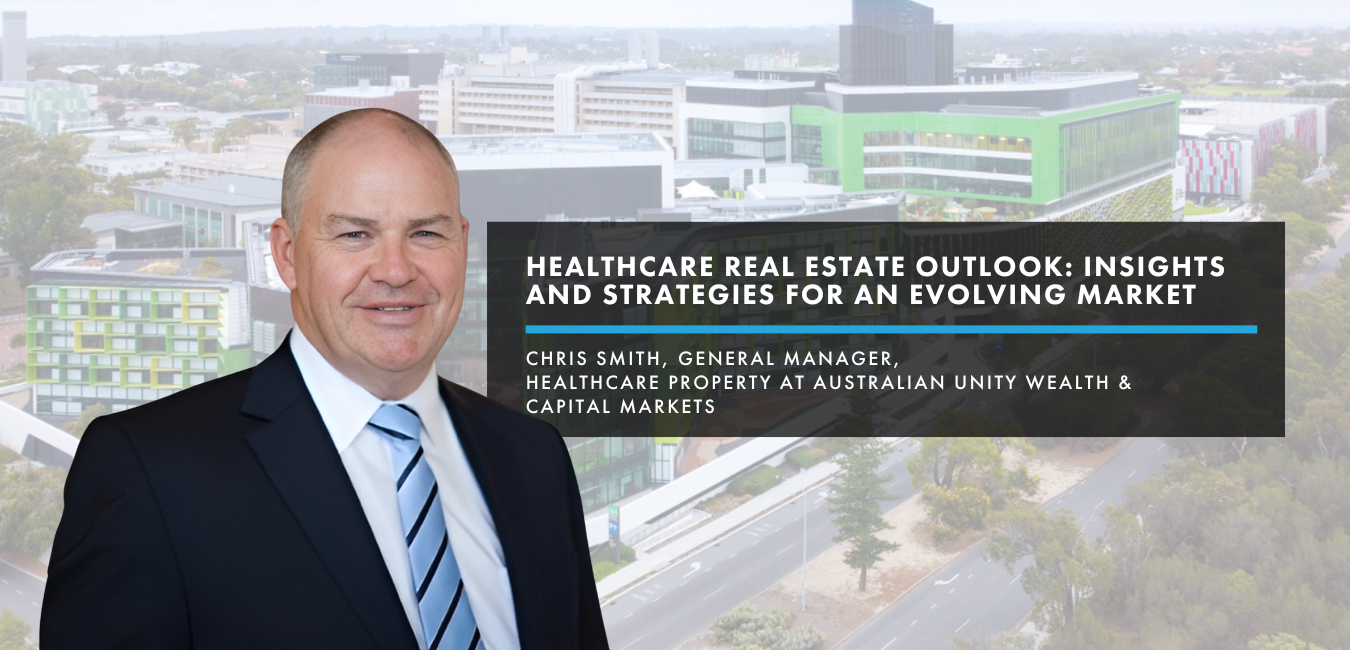As the CEO of Switch Automation, the happiness and wellbeing of our global team is my first priority in 2020. While it’s been an extremely challenging time for many of us both personally and professionally, we have tried very hard to ensure that every team member stays connected and focused on their physical and mental health.
The one silver lining we’ve experienced from this global crisis has been a heightened interest in digitization and smart building tech adoption. We’re delighted to have seen as much smart building tech adoption in the last two months as in the past two years, as building owners and operators experience first-hand how a lack of data and remote access impacts their teams and tenants.
Right now, tenants want to know those environments are healthy and low risk. If the workforce is going to re-enter commercial buildings, then building owners and managers must know their Indoor Air Quality & Occupancy (IAQ) metrics and be able to share that data with everyone in the building, including visitors.

ASHRAE and CDC have stepped up to offer guidelines for building managers looking to reopen their buildings. They are encouraged to flush their HVAC systems before and after occupancy, keep office humidity between 40-60%, disinfect building systems and refrigerated surfaces, and make sure local occupancy guidelines are being observed.
Combining IoT sensors with a data-driven approach is incredibly powerful, enabling building owners and managers to measure, verify and communicate the health of their buildings to tenants. Building owners should assign metrics to their buildings’ HVAC and usage to establish how safe they are for occupancy and adjust their policies to support these. Where sites fall short, FM teams need to adapt, adjusting air ventilation, filtration or humidity. The smart building tech adopted must offer data visualization that can be utilized for both internal and external reporting to illustrate the success of your FM team’s efforts.
The first step toward digitizing a portfolio is to closely examine your existing devices and building networks to establish response times and network health. Establish which devices are connected to the building network, which are mis-calibrated and which are running with obsolete firmware. Highlight potential network vulnerabilities in the form of open ports and catalog which devices are running outdated firmware. From here, your FM team should quickly recalibrate and commission these devices and update their firmware. If you can, we recommend that you scan your building network before and after you commence network commissioning. Once you know what’s on your network, you may choose to integrate additional devices throughout your buildings specifically to support building health, such as humidity and usage IoT sensors.
Selecting the right IoT sensors
With so many sensor technologies on the market, it is important to be strategic about which ones you choose to augment your smart buildings with. Consider the granularity of data you need based on the goals you want to achieve. In terms of occupancy, is it enough to know that the building is occupied or do you need to know exactly where someone is located? Do you need to know that someone is or isn’t in a given space, or is it important to know who that person is? Do you need to know where people traveled throughout the day or simply that they came into the office? What about the frequency at which the data is collected? All of these considerations can help determine the type of sensor technology that best suit your properties and goals.
Are you looking for a detailed picture of IAQ and occupancy throughout your space so that you can designate areas as “healthy” or in range? In this case, you should consider multi-sensors that capture multiple data points including light levels, temperature, relative humidity, particulate matter, and occupancy in one sensor.
Building upon your smart building foundation
Once you’ve confirmed the integrity of your building networks, you’ll have a strong digital foundation for your healthy building program. From here, your team can strategically undertake building system performance benchmarking, control and commissioning to measure and improve the safety of your buildings.
Basically, your team need to visualize the data, then act on it. This means combining different data sources into IAQ-specific dashboards so that your team can view them in one single pane of glass to measure against guidelines. From here, they should be able to easily communicate this to customers through onsite regularly updating monitors, an app, website or emails. Switch recently created this Healthy Building Questioinnaire with InSite, which is a great place to start for anyone looking to assess the safety of their buildings.
Connect with me on LinkedIn to continue the discussion on smart building tech, sustainability and the changing face of data engineering in CRE.







